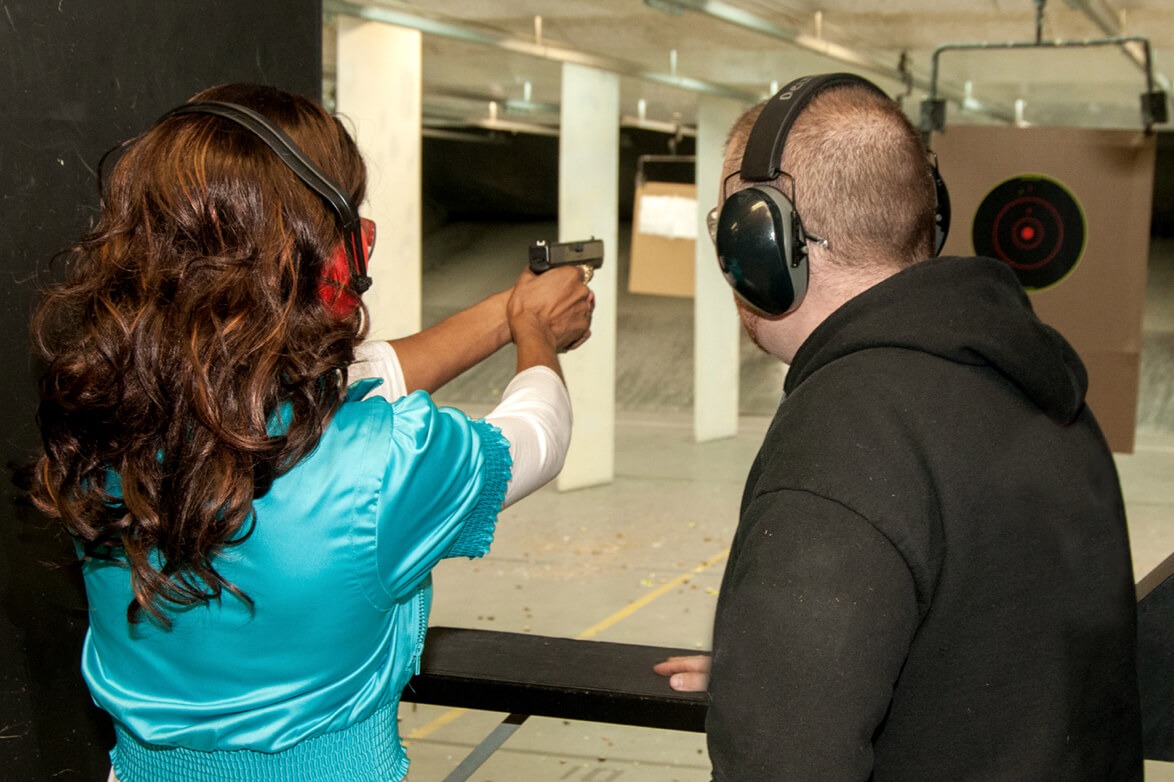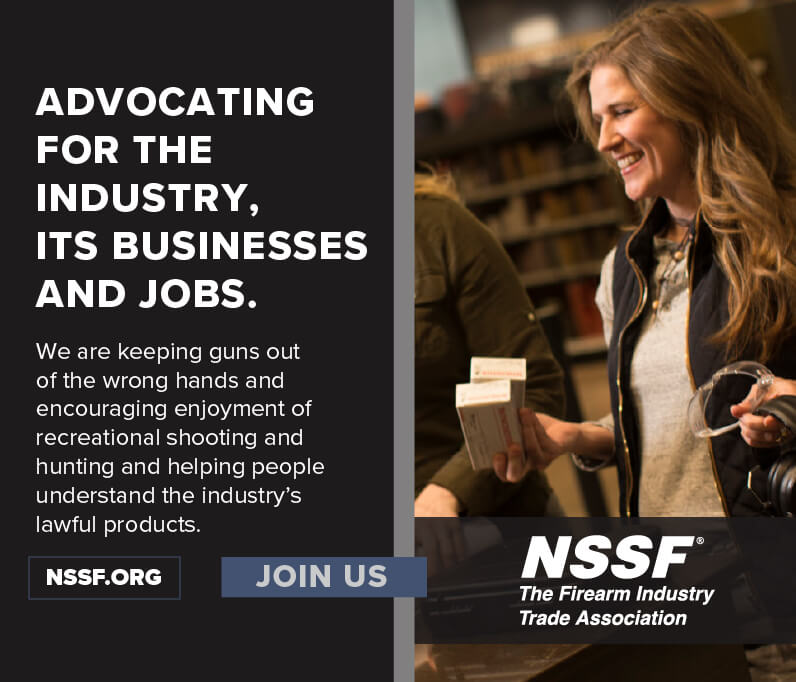 Back to News
Back to News
June 24, 2015
Policy Making — Not Just for Washington
As members of NSSF’s team of FFL compliance consultants, we cover many topics during a retail site consultation visit. One that seems to catch many by surprise, though, is that of needing to have your store policies in writing.
Ask yourself these questions:
- Does the company have any written internal controls, such as a firearms operation manual?
- Are the controls being followed and updated as needed?
- Is the store team being trained on the policies?
- Do your employees have access to appropriate human resources or other management staff when questions about policies arise?”
You might be surprised how many times I discuss these questions with an FFL owner and the answer is “We keep all the policies in our head” or “We do on-the-job training and don’t have time to write down our policies.” In light of those encounters, it’s always refreshing to work with those FFL owners who chose to use a best-in-class approach and not only train every employee upon hire regarding the store’s policies, but then annually refresh all staff members and also keep a laminated quick-reference guide available to them. Let’s review why this latter approach is the better one.
Put it in Writing
While putting your store’s policies in writing may seem like drudgery, if you don’t have your policies in writing and don’t share them with your team, how can you expect consistent execution? There will be times when you will be unavailable and the team will be left to make decisions in your absence. Some decisions will be routine, while others will be made during a time of high risk or spur of the moment. Does your team know what to do and have you practiced what to do with your team? This is where written policies answer a lot of questions and provide the guidelines you and your staff need to have in order to make correct decisions and stay compliant.
When I’m at a store and consulting with an FFL owner or store manager, I use real-life examples to drive home the importance of having a written policy. For instance, let’s say a customer walks in the door, comes up to the handgun counter, then begins gasping for air before dropping to the floor. It looks like the customer’s having a heart attack. What should your employees do next?
Here’s another scenario. A person walks into your store, reaches over the counter and into an unlocked display case, grabs a suppressor and runs out the door. What now?
One more. Let’s say a customer walks over to your holster display and pulls out a loaded revolver from their waistband. In doing so, they had their finger on the trigger and they discharge their firearm. Luckily, the round goes into a wooden display and no one is injured, but the store is busy and another customer becomes upset by the event and demands something be done. What do you expect your employees to do in such a situation? And do they know what you expect of them?
All the examples above relate to customer interaction policies. But what about written rules for the A&D book, properly filling out and reviewing a 4473, filing out a multiple handgun sale forms and all the other day-to-day tasks tackled by you and your staff?
Though the list of things you may want to and probably should cover in a written store policy can be long, don’t let yourself get overwhelmed with the prospect. It does not need to be encyclopedic in scope. So start small. Ask your team about their frequent questions and ideas. Keep the policies you create to answer those questions to the point and formulated in ways that are easy to understand and execute. Make sure the team has easy access to those policies once you’ve created them, and review them annually. Some stores I know even use scenarios like the ones I gave above to help cover new ground and better guide their employees’ decision making.
Don’t be afraid to refresh your policy manual when needed. The manual and your employee training of it should be a work in progress.
Behind the Scenes
The following is a suggested content list for your store’s policy manual.
- Key control
- Business opening/closing procedures
- Inventory receiving procedures
- Who and how the Acquisition & Disposition records are accessed and updated
- How to respond to an ATF inspector arriving and announcing an inspection
- How to respond to law enforcement investigations and requests for documents, video and even seizure of evidence
- How to say no to a consumer transaction
- How and who can take a trade in firearm
- How to operate at a gun show
- Sales to other licensees, government or law enforcement
- Filling out documents such as 4473, 3310.4, 3310.12 in border states
- Trace requests
- NFA transfers (for applicable license holders)
- Critical incidents such as shoplifters, robbery, medical emergencies, etc.
Once you’re ready to launch the manual and training in it, you may want to run the program by your legal counsel for a final review. In the end, you’ll have a framework in place that helps your employees do their jobs better, your store run more efficiently and a business that’s better prepared to handle many of the hiccups life brings.
You may also be interested in:Respected Insurance Company Supports NSSF Members
About the Author
 Bill Napier is a member of NSSF’s retail compliance consultant team. He has more than 30 years experience in retail loss prevention, passionately serving others in leadership roles such as site manager, corporate manager and director. Businesses have included small and growing retail chains as well as a Fortune 1000 company. For more than 18 of those 30 years, Napier has been in the retail outdoor arena with responsibility for ATF compliance and firearms related investigations. He often serves as a guest speaker at NSSF’s SHOT Show, as well as at gatherings of the National Retail Federation (NRF), Retail Industry Leaders Association (RILA), Retail Technology (RETECH), ASIS International and The Loss Prevention Foundation, and he has spent more than 20 years in municipal law enforcement as a uniformed patrol officer, detective and supervisor. Additionally, Napier has been a state-certified law enforcement instructor and he serves as a Hunter Education instructor in Nebraska, on the ASIS Retail Loss Prevention Council, is a member of the Subject Matter Expert Committee and serves on the board of directors for The Loss Prevention Foundation.
Bill Napier is a member of NSSF’s retail compliance consultant team. He has more than 30 years experience in retail loss prevention, passionately serving others in leadership roles such as site manager, corporate manager and director. Businesses have included small and growing retail chains as well as a Fortune 1000 company. For more than 18 of those 30 years, Napier has been in the retail outdoor arena with responsibility for ATF compliance and firearms related investigations. He often serves as a guest speaker at NSSF’s SHOT Show, as well as at gatherings of the National Retail Federation (NRF), Retail Industry Leaders Association (RILA), Retail Technology (RETECH), ASIS International and The Loss Prevention Foundation, and he has spent more than 20 years in municipal law enforcement as a uniformed patrol officer, detective and supervisor. Additionally, Napier has been a state-certified law enforcement instructor and he serves as a Hunter Education instructor in Nebraska, on the ASIS Retail Loss Prevention Council, is a member of the Subject Matter Expert Committee and serves on the board of directors for The Loss Prevention Foundation.









